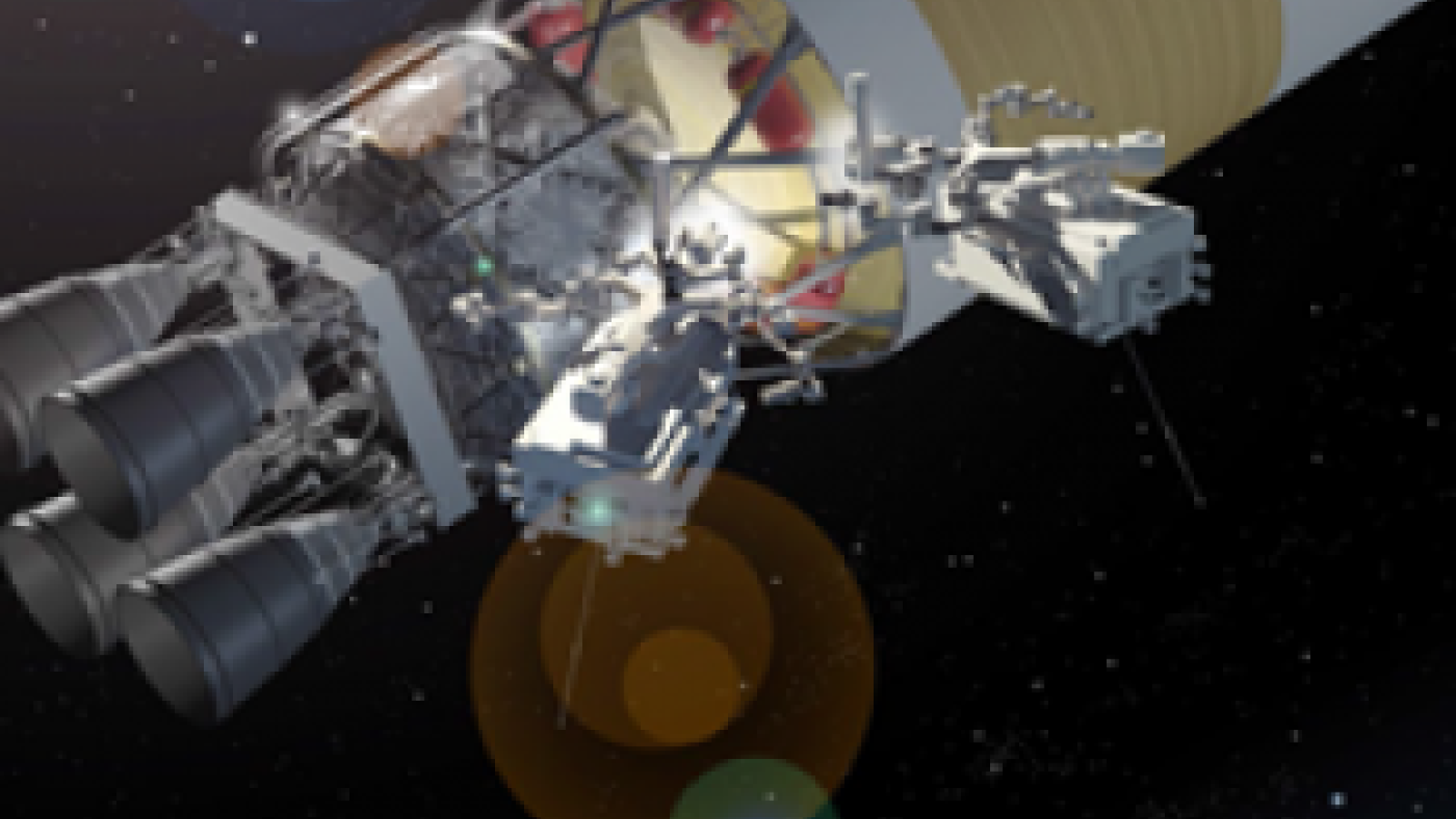In Your Space: Rendezvous and Proximity Operations Lessons

Synopsis
Traditionally, space mission planners have focused on individual spacecraft, operating independently, and generally trying to avoid each other. A new vision for the future turns that paradigm on its head. Already, new spacecraft are being developed to service older satellites on orbit and extend their mission lives. Other mission concepts involve clusters of small satellites that would achieve greater aggregate capability through formation flying, self-assembly, and autonomous reconfiguration. What can the space community do now to prepare for this new era?
This paper examines considerations for establishing routine proximity operations on orbit.
The International Space Station was designed as a destination, and developers produced stringent and detailed requirements for visiting spacecraft. This approach can be applied to create industry-wide standards to help guide the behavior of satellites that approach and interact with each other on orbit.
The United States can take the lead by specifying the criteria for "keep-out" zones, defining the appropriate level of ground intervention, and establishing procedures for notifying operators about adverse events.
Authors: Rebecca Reesman, Andrew Rogers
Download this paper at: https://csps.aerospace.org/papers/your-space-rendezvous-and-proximity-operations-lessons